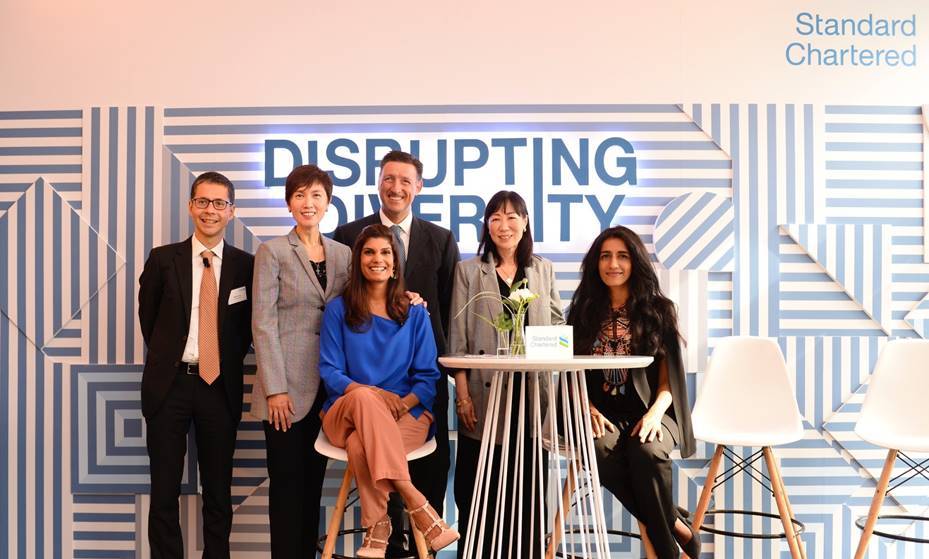
A Standard Chartered panel event featuring Singapore’s manpower minister discussed how tech can be a ‘force for good’

Singapore businesses should devote more effort into harnessing technology to increase diversity, said Patrick Lee, CEO, Singapore at Standard Chartered Bank.
At a recent Women’s Day panel event attended by HRD, Manpower Minister Josephine Teo and three industry leaders discussed how the government and businesses can work together to further the D&I agenda.
“Advances in technology and the explosion of data have enabled the digital revolution to improve business intelligence and accelerate smart, data-driven decisions,” Lee said in his opening speech.
“To be fit for the future, it is imperative that the government and businesses work together towards a cohesive workforce strategy. Equally important, this strategy must embrace diversity and promote equal opportunities in the workplace.”
Besides impactful internal policies, Lee emphasised the importance of creating a flexible work environment to build an inclusive culture.
One leader shared how tech can enable inclusivity.
“If we embrace technology as an enabler, it gives us a whole different opportunity,” said Simon Cooper, chief executive, corporate, commercial and institutional banking at Standard Chartered.
“One of the key barriers to women moving up the workforce has been flexibility or the inability to be flexible. What technology has done is create that ability to be flexible – to work from home; to work in a different format; to communicate differently.
“It’s not gender-specific. I even have a worker on my floor who is visually impaired. He can do his job as well as anybody else because of technology, because his phone can speak to him…read his texts for him…so tech is a huge enabler going forward.”
Minister Teo added how flexi-work measures can improve overall diversity outcomes.
“One of my colleagues who is also a member of parliament said to me, ‘I really object to this idea of flexible work arrangements (FWAs) being just for women’,” Teo said. “’Actually in the workplace there are so many people who are compatible for FWAs.’
“And I totally agree with her because when you promote FWAs as something that only women need, then it creates a certain division in the workplace, which is that ‘oh this is for women, they need special treatment’ – not true.”
Examples of other employees who may benefit from flexibility include workers who are upgrading their skills and need to go for classes after work. Another is that of employees who need to care for a sick elderly in their family.
“The idea you have to bring on board is flexible work arrangements is…for everyone in the workplace,” she said. “The more you are able to provide it, the more likely you are able to get the spread of talent that will serve your business purposes.”